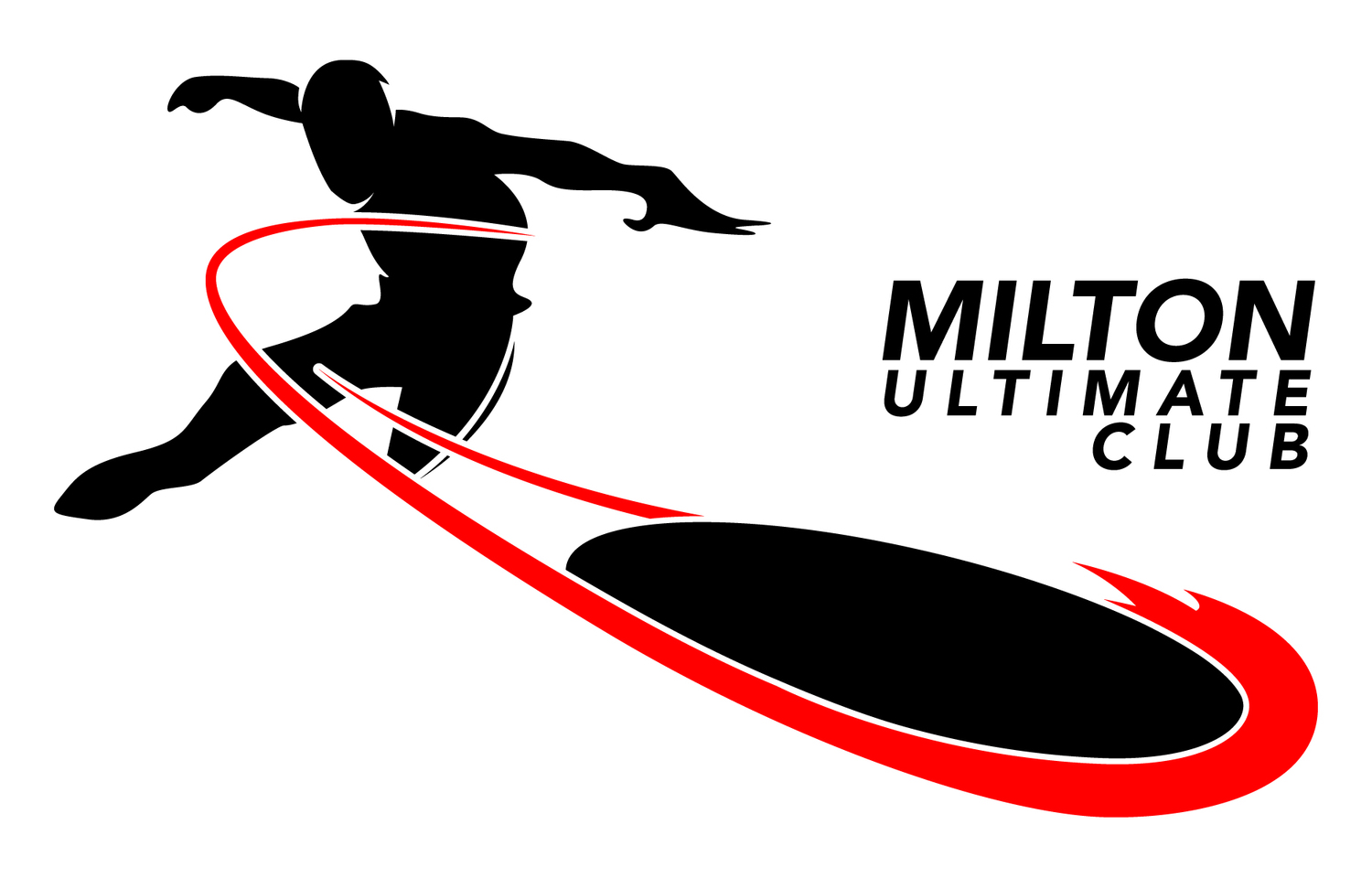One of the basic movements you can make when you're in possession of the disc on offense is to pivot. Lots of beginners don't pivot when they have the disc because their eyes are downfield looking for a target to throw to, and because their brains are focused on figuring out what to do with their hands and upper body to make a good throw to get to those potential targets.
There are lots of reasons to pivot, some of which are:
- When you pivot, you're making your defender move. If your defender is moving, she's less likely to get herself in a good defensive position when you're actually ready to make your throw.
- The distance between your throwing hand -- and, as a result, the disc -- when you pivot left and when you pivot right is much greater than when you don't pivot at all. This means there is a much greater range the defender has to cover when you're pivoting, even if your pivots are fakes. This again makes it less likely that the defender will be in a good position when you finally decide to make your throw.
- If you're not comfortable with your flick, a good pivot and fake flick can get your defender moving so you can open up your backhand.
- If you don't pivot, and you don't fake when you pivot, the defender is much more likely to be able to read when you're going to attempt your throw, and sell out to block it.
What's selling out? On defense, this is when you attempt a riskier play instead of a more conservative play. Here's a quote from an Ultiworld article that uses this term:
"Sockeye regularly puts defenders in these tough positions where they can either ineffectively defend multiple options, or can sell out to prevent one option but are then left vulnerable to a different attack."
If you're on defense and chasing your mark and you think you have a shot at knocking down a disc if you launch, lay out, and get a finger on it, you can choose to a) be conservative: don't attempt that D. You have zero chance of getting a turnover at that moment, but you're still in good defensive position. Or, you can b) sell out: attempt that layout D, which has a non-zero chance of getting a turnover. But if you fail to make the play, your mark can catch the disk, make a quick throw, and then is away to the races unmarked, because you're still picking yourself up off the turf.
It's a higher-risk, higher-reward play.
How does it apply to a pivot?
If you don't pivot and don't fake, your defender can sit tight and watch your eyes; they're darting left and right, looking for an open target. Your body might be waggling back and forth, but the defender doesn't have to move much, and can wait patiently until your eyes get big, and you pull your arm back to start your throw. Now the defender can easily anticipate exactly where and when she needs to be to defend your throw, and she can sell out to knock it down because she's confident you're going to attempt that throw. It doesn't matter what her defensive position is after she sells out, because she knows you're making that throw.
But if instead, you pivot and fake, and she bites for that and sells out... you've got the easiest throw in the world.
